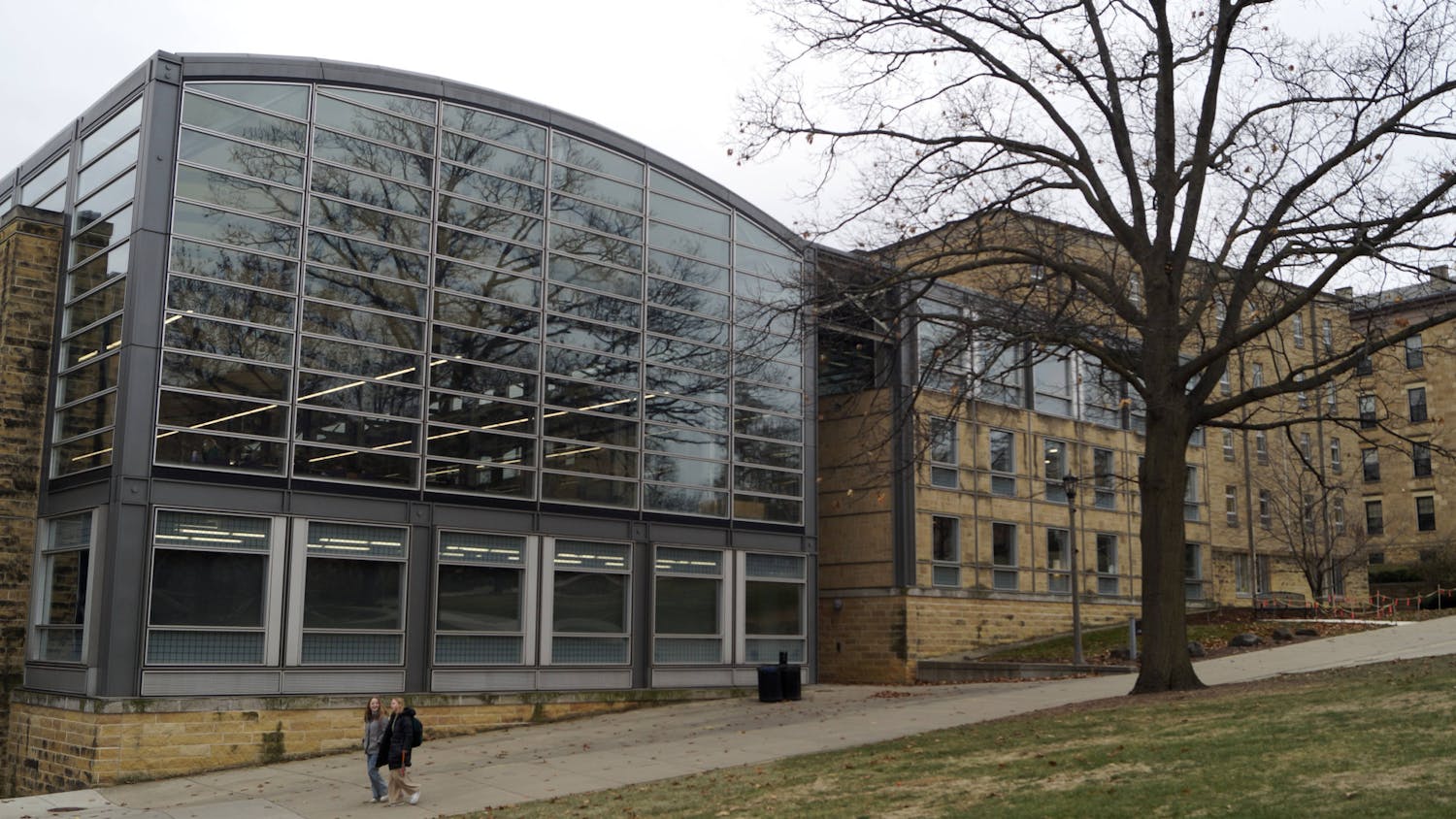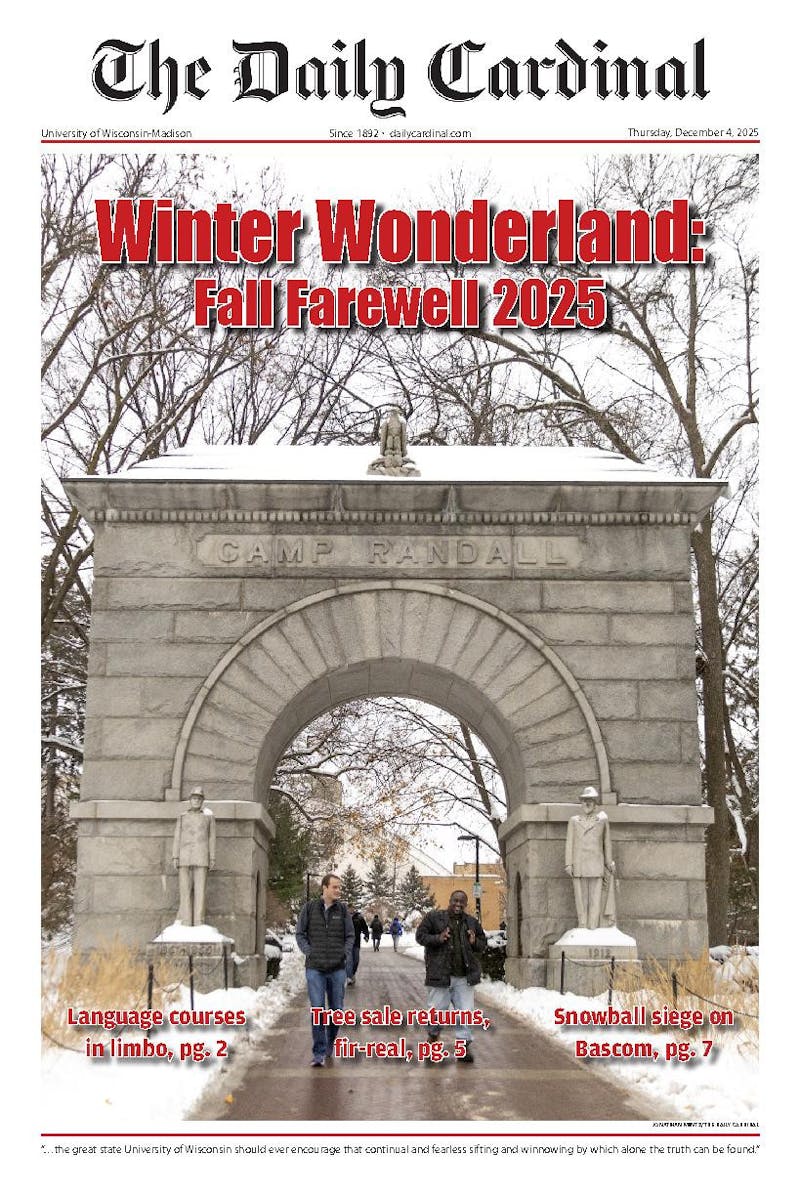Burt Munro is old, stubborn and he pees on his lemon tree to make it grow. He is clever and thrifty, rebuilding a world-class Indian motorcycle that comes all the way from the 1920s. Nobody seems to think that Burt will succeed, though they all shake his hand, pat him on the back and encourage him anyway. What the other characters of this film don't know is that Burt will not be stopped, and that is the beauty of The World's Fastest Indian.\
Anthony Hopkins appears in his brightest element as the loveable Munro, one of the most unforgettable characters in recent years. His charisma along with a brilliant script by director Roger Donaldson evokes laughter, fear, anxiety and hope, and it never once feels long or boring or as if it is trying to outsmart itself. Even after a recent jolt in weepy, inspirational stories that are meant to stir the heart and push the mind (like ""Cinderella Man,"" ""Dreamer,"" ""Seabiscuit,"" etc.), ""The World's Fastest Indian"" stands alone. It is about friends and pursuit spanning all the way from New Zealand to Utah where Burt wants to beat, with his 1920s Indian motorcycle, the world speed record of 200 mph.
As the movie rolls along, Burt is neither struck with luck nor dire misfortune; instead, he is left to travel continuously through the random happenings in the bad breath of life: illness, car troubles and a certain knack for driving on the wrong side of the road in America. His friends in New Zealand are wary of his motorcycle hobbies, accusing him of being too old, too strange and too naïve to think that an elderly man can still succeed in the fast, battered world of the 1960s.
When he travels to America to time his Indian on the Salt Flats of Utah during the famous Bonneville Speed Week, he is tossed and churned through the outlandish environment of a cheap, pay-by-the-hour motel in Los Angeles, duped into paying $10 for a single carnation and surprised to find that the coin slot next to his bed is, in fact, not meant to turn on the alarm clock but to give a sensual massage instead. More important, however, are the friendships that Burt makes through his stay at the cheap motel, encounter at a friendly used car dealership and the numerous pit stops that he makes on his trip from the City of Angels to Bonneville Speed Week in Utah. He meets a helpful transvestite, a wise Native American man, a young soldier on leave from Vietnam and an entire crowd of sometimes eager, sometimes uncouth speed enthusiasts. All the while, Burt's angina keeps him in infrequent but unbearable pain; however, he lives free and willing as a man of optimism and drive.
""The World's Fastest Indian"" is ultimately one of those movies that Mom and Dad will rent on a random Sunday. It will be a matinee classic for as long as it shall remain in theaters and probably shunned by some younger audiences who are more prone to idiotic fests of gore and mediocrity, such as a most recent example ""Stay Alive.""
However, ""The World's Fastest Indian"" should not be missed if at all possible. It is as bright and new as the season it has been released in, and any willing or unwilling audience member will find it full of more life than any movie on the market today.
\





